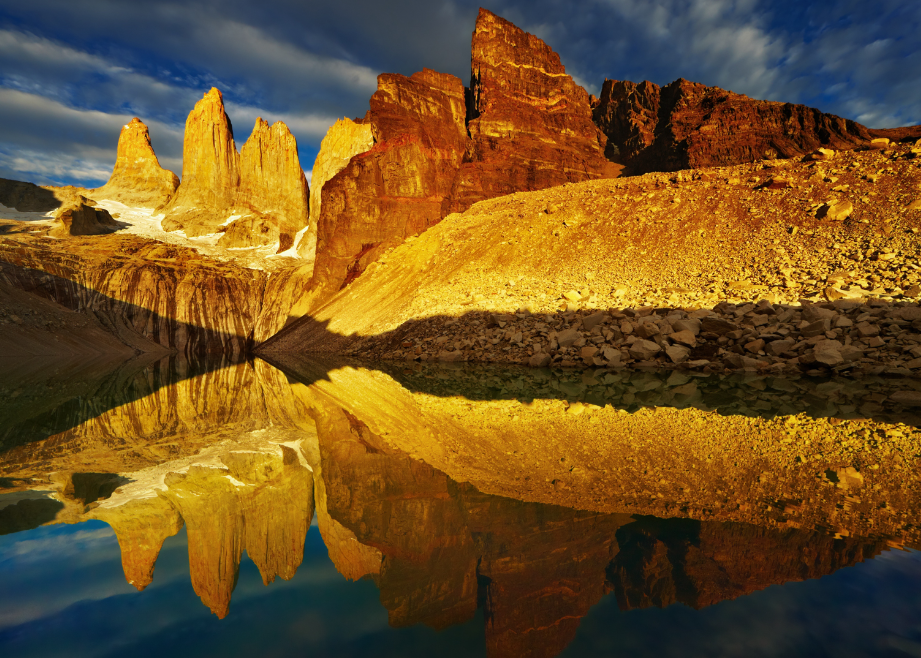
(Lake Chad)
Lake Chad is the fourth largest lake in Africa, inland freshwater lake, located in north central Africa, Chad, Cameroon, Niger and Nigeria 4 countries junction, Chad basin center.
It is formed by the local depression of the continent, which is the remnant of the ancient Chad Sea in the Quaternary.
The lake area varies with the seasons, up to 22,000 square kilometers in the rainy season, can be reduced by more than half in the dry season, the lake elevation of 281 meters.
The west is deep, the east is shallow, the average depth is 1.5 meters, the maximum depth is 12 meters. The annual variation of water level is 0.6 ~ 0.9 m.
(Unianga Lake Group)
The Unianga Lakes are a 628.08 square kilometre cluster of 18 interconnected lakes in the extremely arid Ennedi region of the Sahara Desert in northwestern Chad.
The brilliant colors and shapes constitute a magnificent natural landscape. Salt water lake, super salt water lake and fresh water lake, the water source of the lake group is supplemented by groundwater, and the lakes are connected to each other.
The lakes of the lake group can be divided into two parts, namely Unianga-Kebil and Unianga-Seril, which are about 40 km apart.
There are four lakes in the Unianga-Kebir group, the largest of which is Lake Joan, with an area of 3.58 square kilometers and a depth of 27 meters.
(Olonga Crater, Lake Chad)
The best-preserved crater on Earth is the Lake Chad Olonga crater, an erosion crater that probably formed about 350 million years ago in the Sahara Desert region north of Lake Chad in Africa.
The crater was formed when a comet or asteroid with a diameter of 1 mile (1.6 km) collided with Earth. Such impacts occur only about once every million years.
The crater is about 10 miles in diameter and has two ring structures nearby, which were discovered when the shuttle imaging radar scanned an area of about 22 miles (36 kilometers).
(Manovo Gonda SAN Floris National Park)
Located in the northern region, the park covers an area of 17,400 square kilometers and is listed as a UNESCO World Heritage Site.
Each year, during the dry season, hippos gather in the park's Gata Pool; The 10,700-square-kilometre Bamingui-Bangoran National Park in the northern region; Dzanga-Ndoki National Park, which covers an area of 1,222 square kilometers in the southwest.
The Dzanga-Sangha Special Forest Reserve, which is located in the dense, humid tropical rain forest, covers an area of 3,159 square kilometers and is a tourist area specially allowed to watch elephants, in addition to the common animal species, you can also see gorillas, bongo antelope.
(The Ngoto Forest)
The Ngotto forest reserve covers 733 square kilometers. There are more opportunities for forest resources and tourism activities here.
Among them, the aquatic fauna in the reserve is characterized by a rich variety of fish, such as Mboto, Xibe catfish (Makelele), Nile perch (Captian), and longjaw fish (Kpete).

